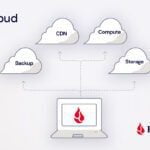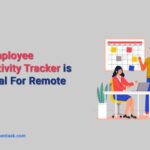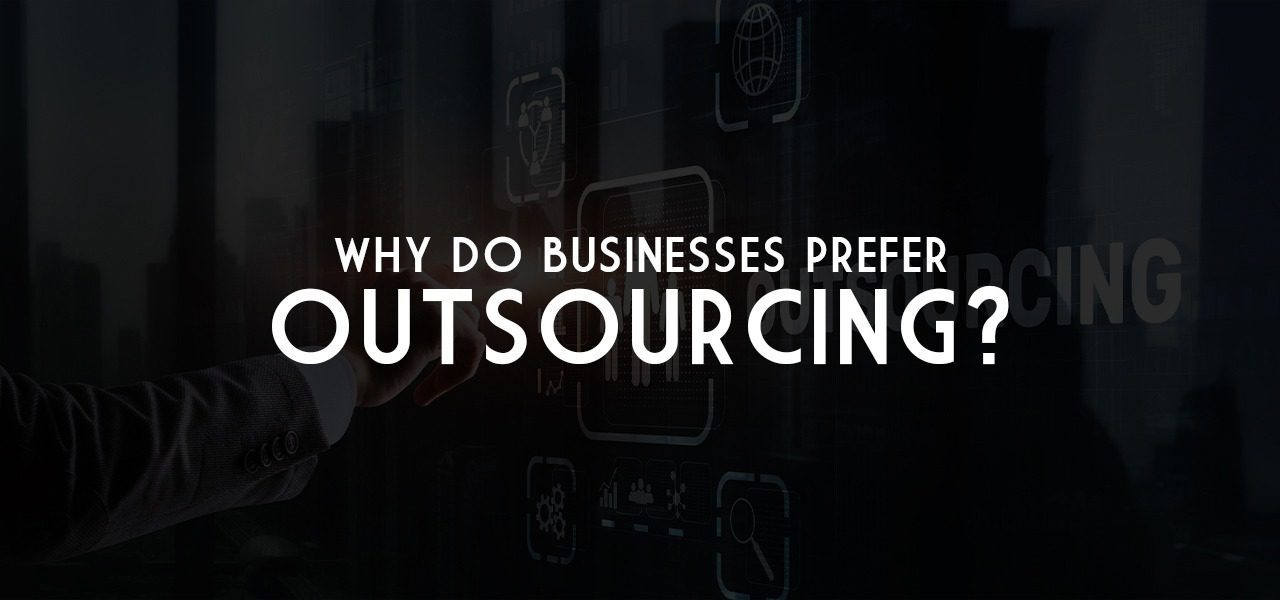
In the fast-paced and dynamic business world of today, good human capital management (HCM) software has indeed become one of the most important tools for the purpose of streamlining HR processes, improving the efficiency of the workforce & enhancing the overall experiences of the employees in an organization.
Workday Human Capital Management, also popularly referred to as Workday HCM, is a high-performance cloud-based solution that strongly offers a very comprehensive suite of various applications for managing different HR functions very seamlessly. By adopting Workday HCM and providing the right Workday HCM Training to the organization’s employees, a lot of HR functions can be streamlined, but its implementation can prove to be a complex and effort-taking endeavor.
However, with the right efforts and approach, Workday HCM can bring in a transformative outcome for an organization. In this blog, we intend to walk you through the step-by-step procedure for successfully implementing Workday HCM.
Step 1: Defining clear-cut objectives
Prior to initiating the procedure of implementation, it is important to define the objectives of your organization. Then, you should necessarily identify the major pain points that you are trying to resolve & also the specific outcomes that you expect from the implementation of Workday HCM.
There can be various goals that you may be trying to achieve, like the improvement of the employee self-service, enhancing their reporting capabilities, optimizing the processes of recruitment, and having well-defined business objectives that will guide the complete journey of implementation.
Step 2: Assembling the team responsible for implementation
An effective implementation usually requires a skilled & dedicated team. You ought to create an experienced cross-functional team that consists of HR professionals, data analysts, IT experts & specialists in change management. You can adopt the approach of assigning suitable roles & responsibilities to ensure everyone understands their specific contribution & is aligned with the goals of your business project.
Step 3: Preparation of data & migration
Accurate and clean data is the right foundation of any functional HCM system. You need to identify the data you require to migrate from your existing systems to Workday HCM. The Workday HCM Training will enable you to do this flawlessly. The data that you usually have to migrate are records of employees, organizational hierarchies, data on their compensation, etc.
All you need to do is cleanse & then transform the data to make it suitable for Workday’s set format & standards. The migration of data is considered to be a very critical step, and investing the right level of effort and time here will surely prevent potential issues in the long run.
Step 4: Configuration & Customization
A wide range of configuration options are being offered by Workday HCM that prove to tailor the system to the unique needs of your business organization. Firstly, you need to define the structure of your organization, the processes of business, workflow as well and the approval hierarchies. Then, you can easily leverage the intuitive interface of Workday for customizing fields, forms, and templates.
You need to bear in mind that during the process of customization to provide a tailored experience, you should not opt for excessive customization, or this may lead to complications in future maintenance and upgrading of the platform.
Step 5: Integration
Workday HCM does not exist in isolation. This platform needs to integrate with other systems like time tracking, payroll & learning management. All you need to do is determine certain integration points & design the seamless flow of data between Workday & other applications. You can opt to work with your team of integration experts or IT team to ensure a smooth exchange of data.
Step 6: Testing
Throughout the procedure of testing, it is essential to identify & rectify the various issues before the system finally goes live. All you need to do is to develop a very comprehensive testing plan that very widely covers the various scenarios like data entry, reporting, approvals of workflow & integrations. You can conduct integration & testing of user acceptance to ensure that the system meets all your requirements & operates as per your expectations.
Step 7: Training & management of changes
You necessarily need to prepare your workforce for this particular transition by imparting them comprehensive Workday Training on using the new system. You can create certain effective training materials; conduct workshops & offer certain user guides for facilitating the employees in navigating Workforce HCM. Also, you should necessarily develop a strategy of change management for addressing any nature of resistance to the changes & ensuring there is a seamless process of adoption.
Step 8: Migration of data and going live
After you are done with the successful testing & training, this is time to migrate all the cleaned & transformed data into the live Workday environment. You necessarily need to ensure that the procedure of data migration is very well-documented & meticulously executed. You should plan a controlled process of go-live that necessarily includes a phased rollout or a full deployment. All of these will depend on the size & complexity of your organization.
Step 9: Monitor & optimize
Once Workday HCM is live, you can closely monitor its overall performance & gather the necessary feedback from the users. You should adopt the right approach to address all the concerns or issues very promptly. Ideally, you should use reporting capabilities and analytics to gain accurate insights into HR metrics, system usage, and employee engagement. You should always make it a point to optimize this system continuously by collecting user feedback & changing the needs of the business.
Step 10: Ongoing upgrades & support
Workday regularly releases all the necessary updates & enhancements for keeping the Workday HCM platform competitive. You should necessarily stay informed regarding the latest features & plan for regular upgrades of the system. You should necessarily provide that desired ongoing support to the users & address the probable challenges or queries that they encounter while using the Workday HCM platform.
Conclusion
You surely embark on a transformative journey by implementing Workday HCM, and this certainly demands careful planning, dedication & collaboration. By following the above step-wise guide, your business organization will surely be able to streamline the various HR processes, enhance the experiences of the employees, and drive the desired business outcomes through the successful implementation of Workday HCM. You should keep in mind that the right key to achieving success lies in strategically defining the objectives, assembling the right team, ensuring the accuracy of data & fostering a culture that supports perpetual improvement.








